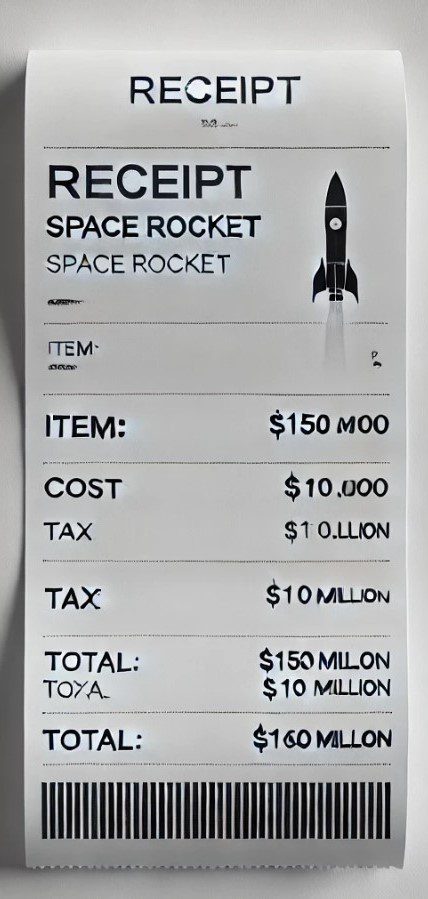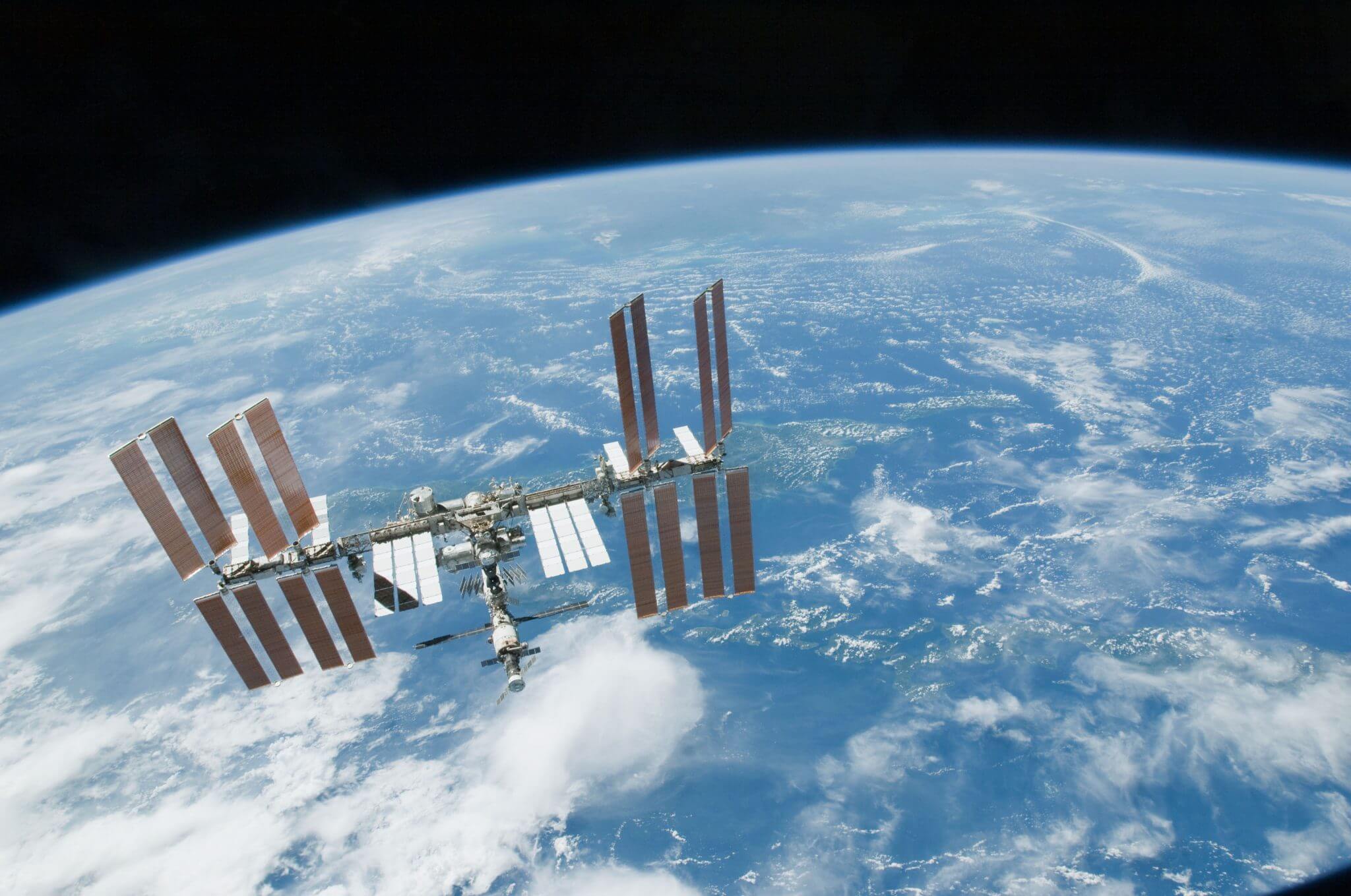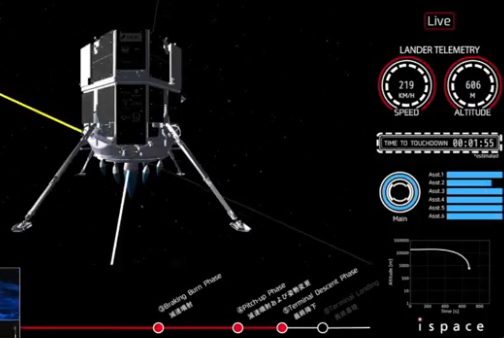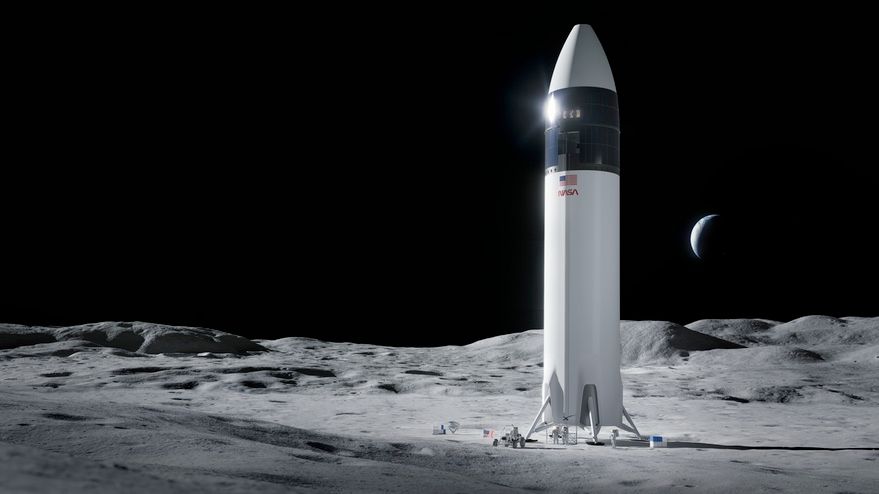The Neowise (NEOWISE) spacecraft will be reactivated during September by NASA which plans to use it for a further three years in an attempt to discover and analyse a further 150 asteroids passing close to Earth. The original Wise mission spacecraft was designed to examine stars and galaxies but after its helium coolant ran out for its infra-red instrumentation in 2011, it was later used on its “Neowise” mission extension to locate Near Earth Objects (NEOs). The spacecraft’s original Neowise mission was ended in February 2011. The mission is designed to search for a possible astreroid which might be redirected towards the Earth-Moon system for easy manned exploration.
NASA to refire up Neowise spacecraft in search for passing asteroids
About Seradata
Seradata produces the renowned Seradata database. Trusted by over 100 of the world’s leading Space organisations, Seradata is a fully queryable database used for market analysis, failure/risk assessment, spectrum analysis and space situational awareness (SSA).
For more information go to https://www.seradata.com/product/
Related Articles
Stay Informed with Seradata
Stay informed on the latest news, insights, and more from Seradata by signing up for our newsletter.






